Your feline companion might be sending you subtle signals that you’re missing. Unlike dogs who wear their hearts on their sleeves, cats communicate their emotional needs in their own mysterious way. Understanding these signs can transform your relationship with your furry friend and ensure they feel truly loved and secure in your home.
Cats are much more subtle in showing their love, though that does not mean that the shared bond between cats and humans is any less than with dogs. It just means that you’ll need to work harder to understand your cat’s love language and boundaries to build trust. When your cat needs more attention, they’ll often express this through behavioral changes that might seem puzzling at first glance.
Excessive Sleeping and Low Energy

While cats naturally sleep twelve to sixteen hours per day, there’s a difference between healthy rest and depression-induced lethargy. Depression drains the energy of even the most energetic creature. For lonely cats, if they go from boundless energy to morose wandering where they refuse to so much as blink at their usual favorite games, there’s a chance that they’re upset about something or they are feeling quite unwell due to a specific health reason.
You might notice your usually playful cat spending more time curled up in secluded spots, avoiding their favorite activities. Just like for humans, boredom can spark the blues in cats, and that can lead to more naps. So if you notice your cat sleeping more than usual or reduce their level of engagement during play time, it could be a sign of loneliness. This behavioral shift often indicates they need more meaningful interaction and mental stimulation from you.
Changes in Vocalization Patterns
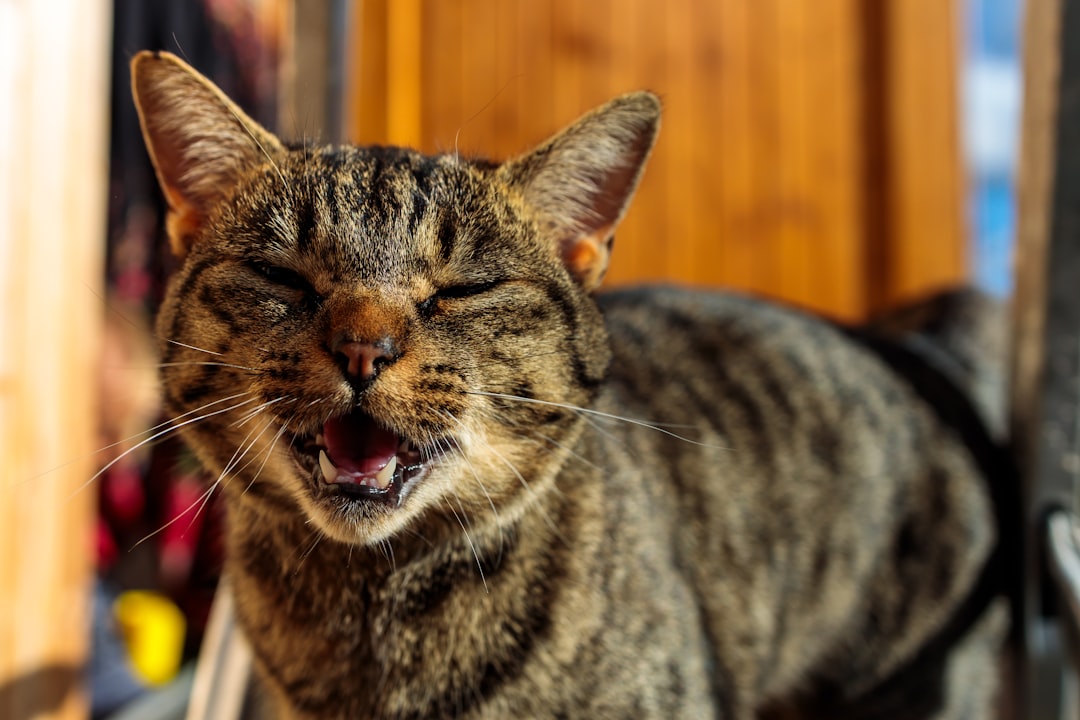
Your cat’s voice carries important messages about their emotional state. Some kitties are talkative by nature, but if your normally quiet cat suddenly becomes super chatty, it may be his way of asking for a little more attention. Loud, insistent vocalization is also a pretty good clue that loneliness may be an issue. These vocal demands often intensify when you’re preparing to leave or when you return home.
Even if your feline is a chatter box, excessive vocalization may be a demand for more attention – especially if they feel lonely or neglected. Cats similarly cry for their owners when they are lonely or need something from them. The timing of these vocalizations tells you everything. Your cat knows exactly when to speak up to get your attention.
Clinginess and Attention-Seeking Behavior
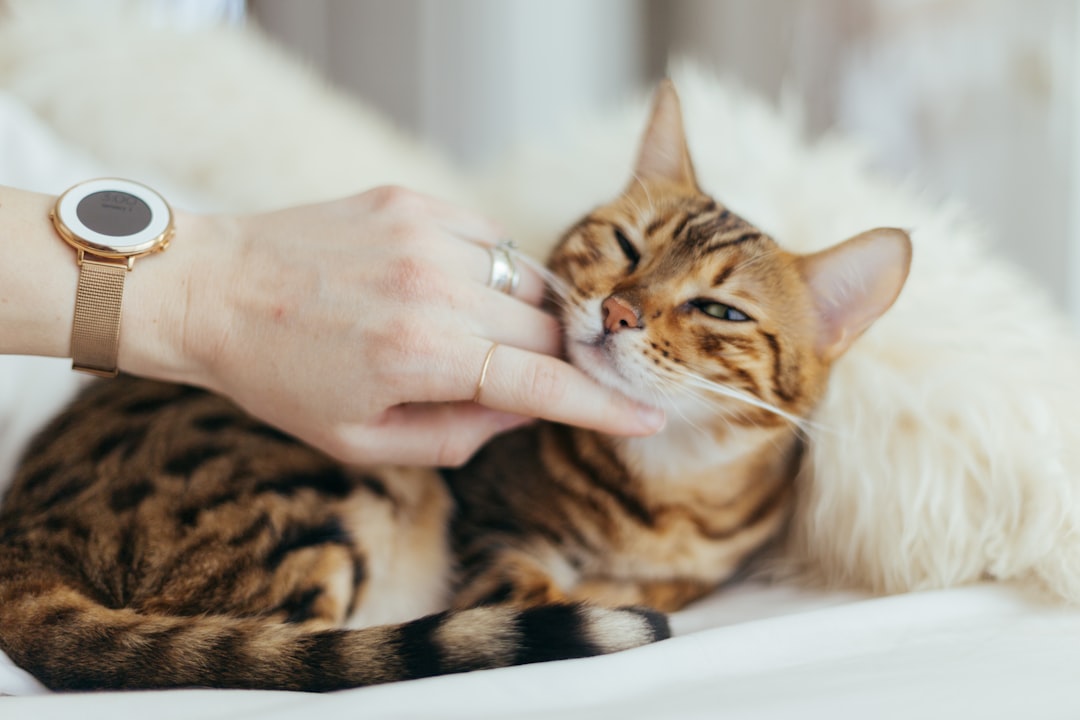
Sometimes needing more love manifests as your cat becoming your personal shadow. Cat behavior caused by loneliness isn’t always negative. Sometimes your cat becomes extra affectionate. A lonely cat may even show signs of separation anxiety, such as low appetite or trying to follow you out the door. This clinginess might seem sweet initially, but it often signals deeper emotional needs.
If you work from home, your cat may sprawl across your keyboard. It seems strange that your cat would be lonely with you sitting right in front of them. But even though you’re home, you’re not paying attention to them. Clinginess is a sign they want your attention. Your physical presence isn’t enough; they crave genuine interaction and engagement.
Destructive and Inappropriate Elimination
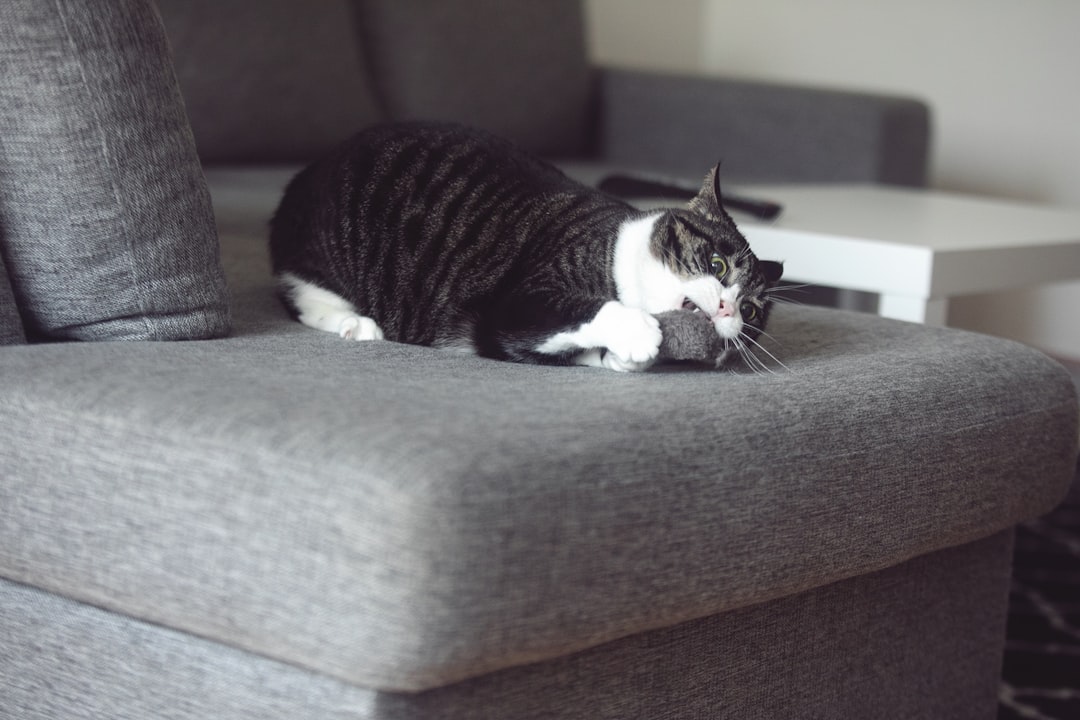
Cats may move or destroy things in an attempt to stay busy while you’re away. Whether your cat has decided to wreak havoc on your sofa, climb your curtains, or shred your toilet paper, destructive behavior is likely a sign of idle paws that have gone searching for something to do. These behaviors aren’t spite or revenge; they’re communication attempts.
If your cat goes to the bathroom outside of the litter box while you are out of the house, this might be another sign loneliness is creeping in. Cats often exhibit negative feelings like stress or loneliness with ‘destructive’ behavior, especially when they are under-stimulated or left alone for long periods of time. Research indicates that urinating in inappropriate places is commonly associated with stress, loneliness, and behavioral issues in cats.
Overgrooming and Compulsive Behaviors
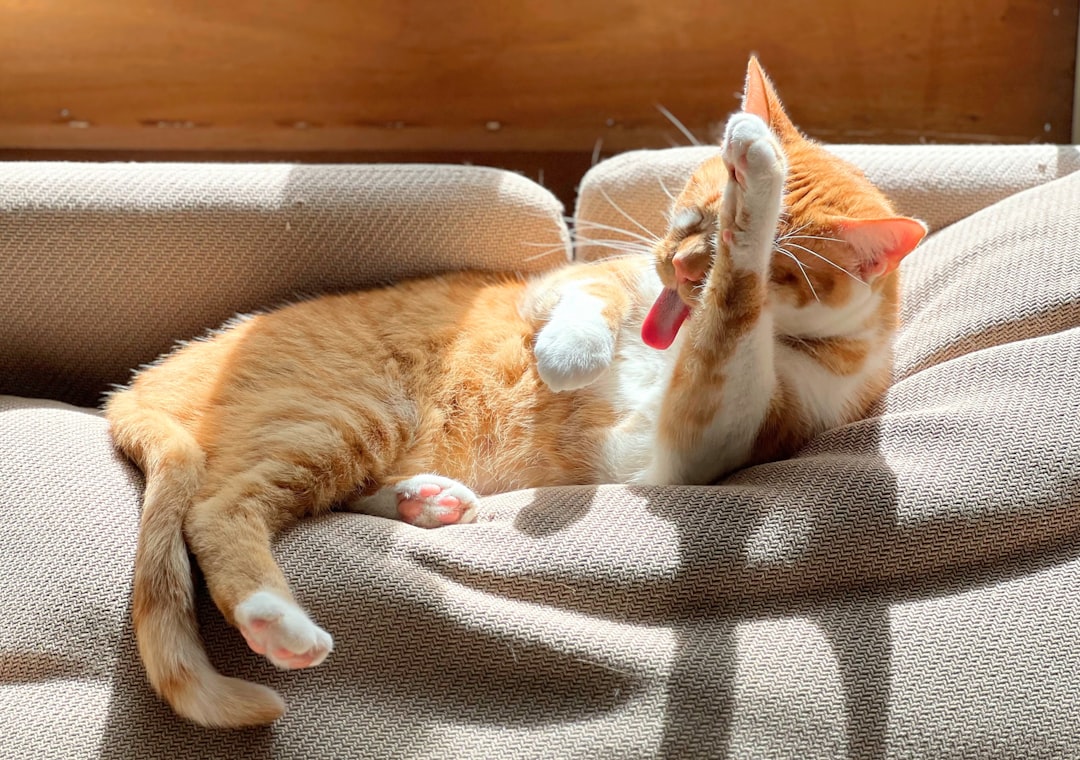
Some cats will over-groom whenever they experience physical or mental stress. If your cat is prone to excess licking, it may be a sign they are in need of more attention. This self-soothing behavior can escalate to the point where your cat develops bald patches or hairballs become a frequent problem.
If your cat is lonely, stressed, or bored, excessive grooming can be a way of calming themselves, as well as sleeping more than usual. It’s a way to comfort themselves when there’s no one else around. Watch for areas where your cat might be licking excessively, particularly on their legs, belly, or sides. This compulsive grooming serves as their way of managing emotional distress.
Appetite Changes and Food-Related Behaviors
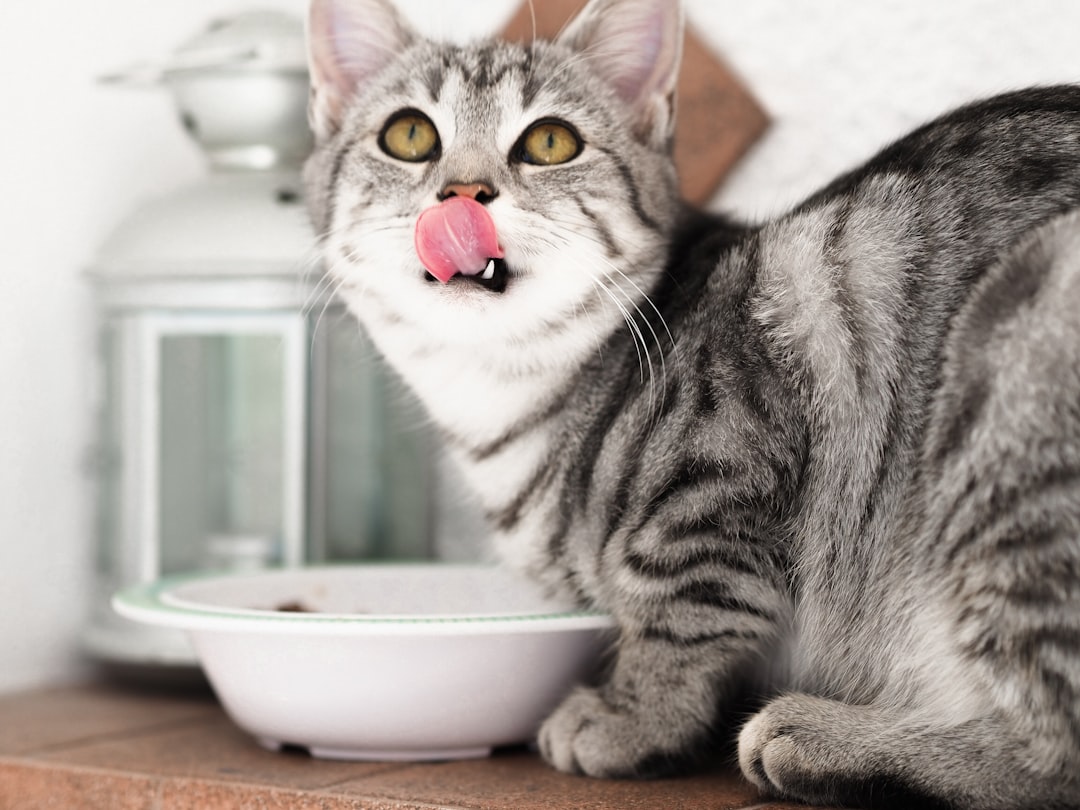
Your cat’s relationship with food can reveal their emotional state surprisingly clearly. If you notice your cat does not eat as much as they usually do or that they’re always asking for more food, this might be a sign that your cat is trying to tell you it is feeling sad. These eating pattern changes often accompany other behavioral shifts.
Loss of appetite or increased appetite (constantly demanding food) is another stress indicator you should look out for. Demanding food and then eating very little of it may suggest your cat is attention-seeking. Some cats use mealtime as their primary interaction opportunity with you, so food-related behaviors become their way of requesting more engagement.
Withdrawn and Avoidant Behavior
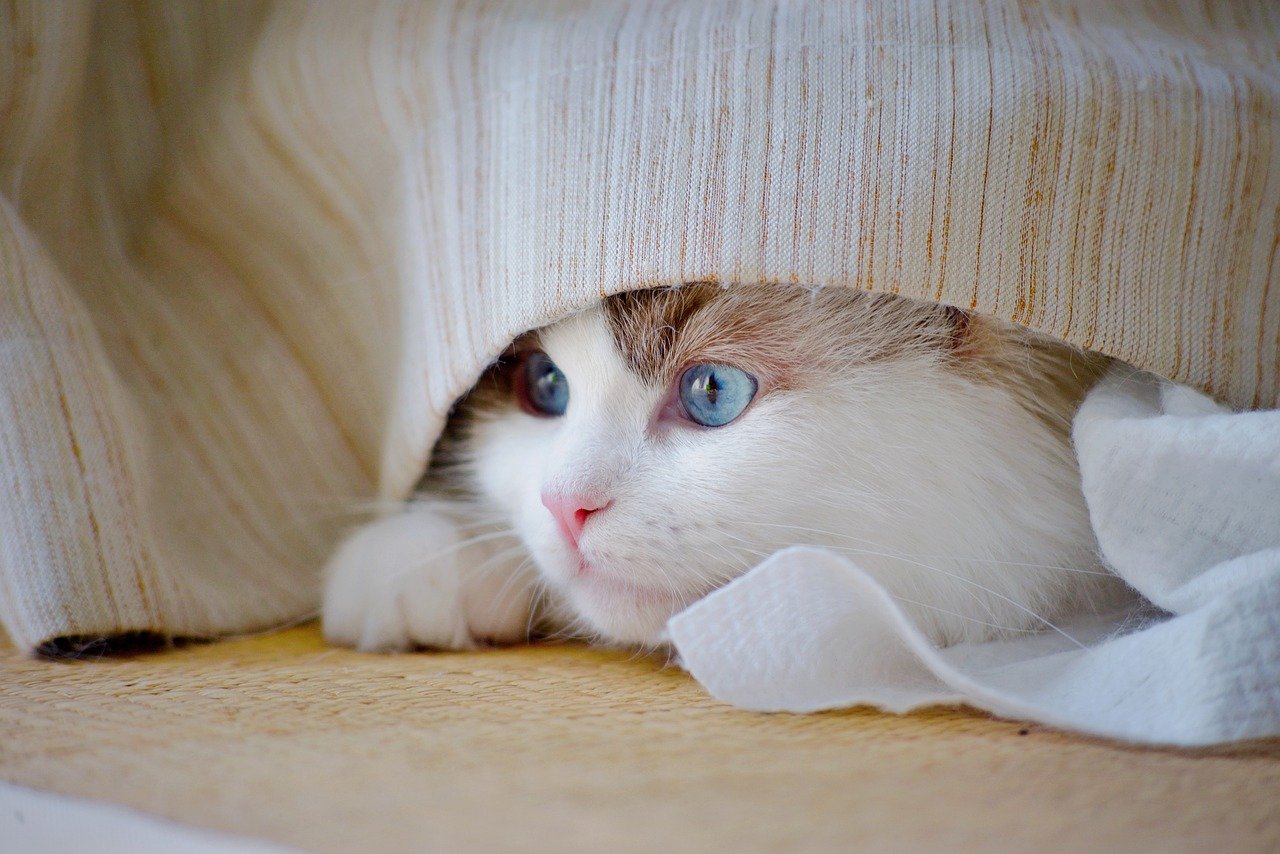
Sometimes cats express their need for more attention by doing the opposite of what you’d expect. Once-affectionate cats may become distant, avoiding petting and snuggling. On the other hand, some cats may seek constant reassurance and follow their owners around the house. This withdrawal often happens gradually, making it easy to miss initially.
They can feel lonely, bored, frustrated, and even anxious if they don’t have enough social interaction with their favorite humans, as well as physical exercise and mental stimulation. Your cat might retreat to hiding spots more frequently or seem less interested in their usual favorite activities. This behavior change signals they’re struggling with their emotional needs and could benefit from more quality time with you.
Recognizing the Need for Environmental Enrichment
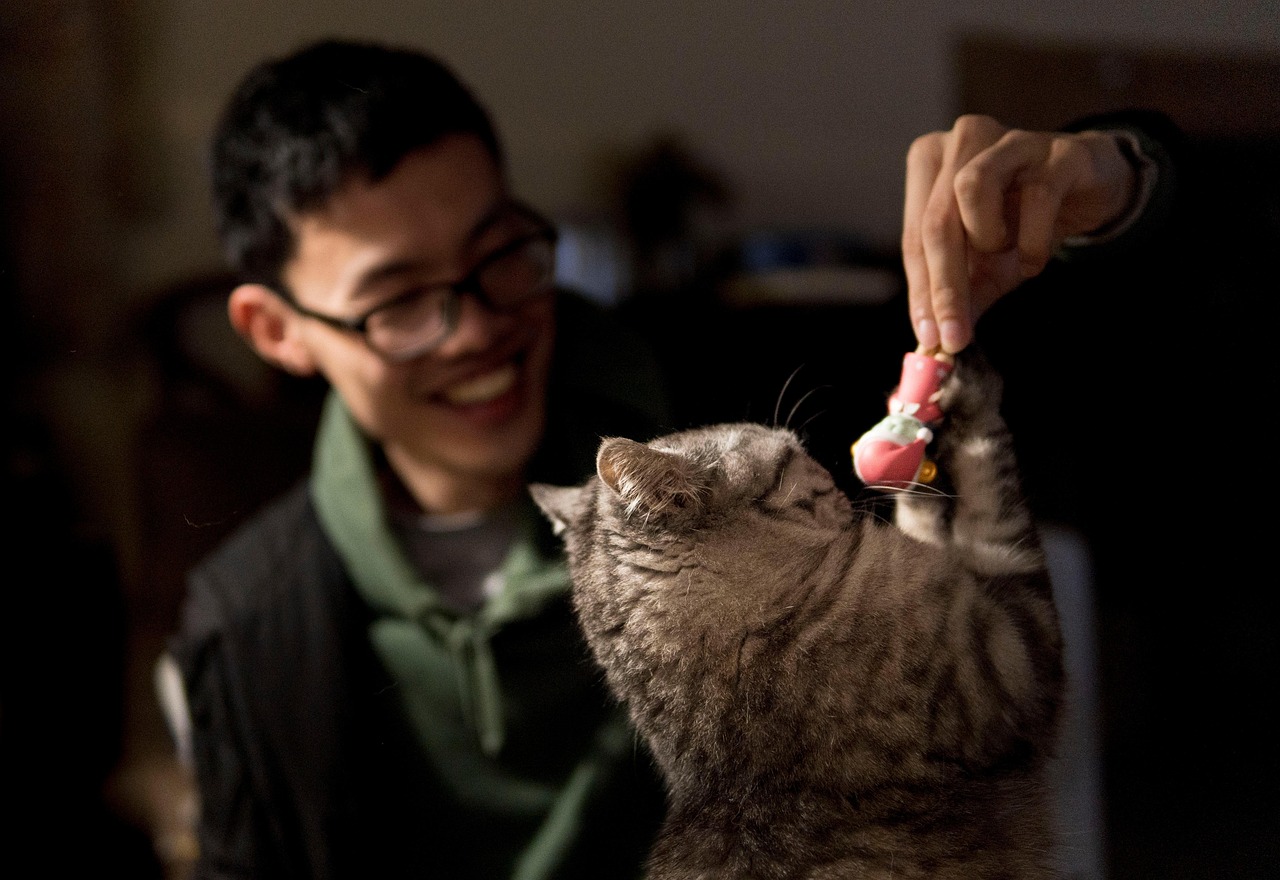
If they aren’t getting enough attention from their humans, it’s possible. Cats are always happiest when their pet parents are at home. Spend at least ten minutes a day really engaging with your feline friend by playing with them, grooming them and showering them with affection. Quality interaction matters more than quantity when it comes to meeting your cat’s emotional needs.
Cats crave companionship, and if they are frequently left on their own for hours or even days at a time they experience the same feelings of loneliness, depression, or separation anxiety that we humans do. If your cat is lonely, he won’t come right out and tell you, but he may be giving you subtle hints that he would like a little more together time. The solution lies in creating meaningful moments of connection and ensuring your home environment stimulates their natural instincts.
Understanding your cat’s emotional needs takes patience and observation. These behavioral changes aren’t just quirks or phases; they’re genuine communications about your feline friend’s wellbeing. When you learn to read these signals, you’re building a deeper bond that benefits both you and your cat. Remember that every cat is unique, and what works for one might not work for another. The key is paying attention to changes in your specific cat’s normal patterns and responding with increased love, attention, and environmental enrichment. What signs have you noticed in your own cat? Tell us in the comments.





